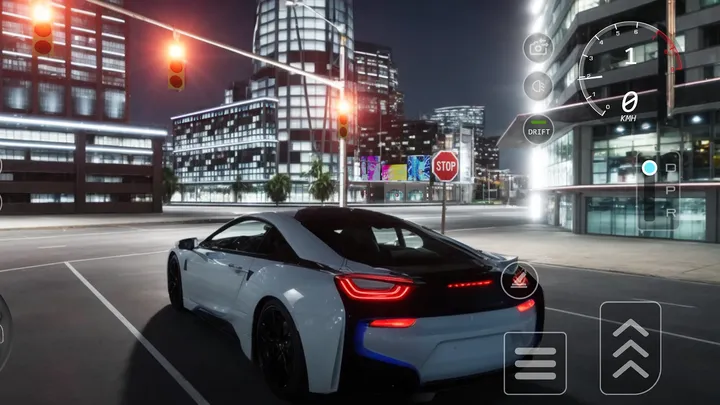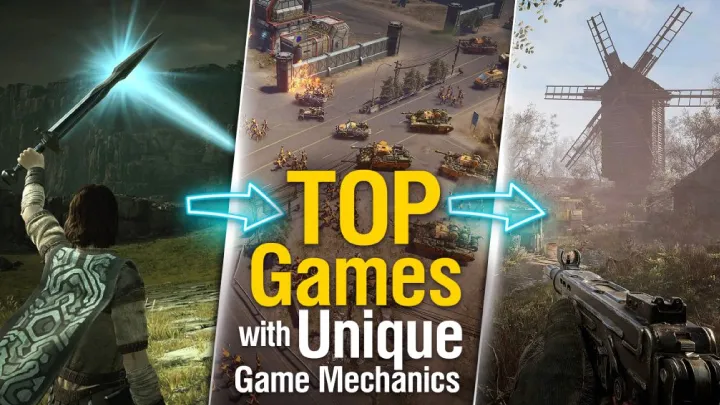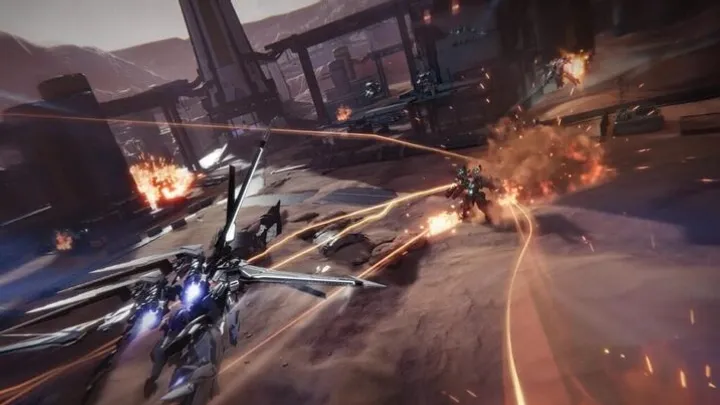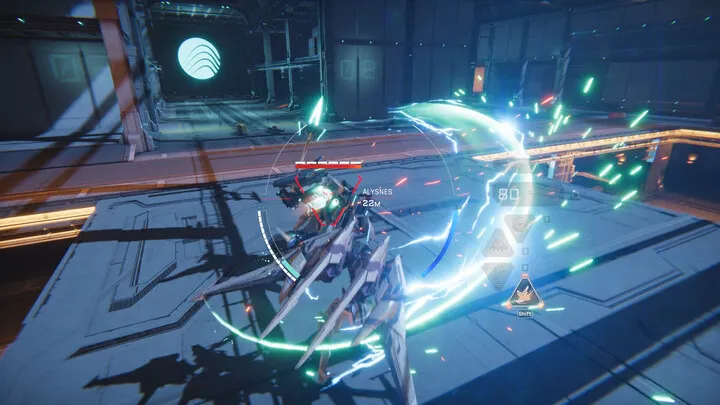
Top Apps: The Must-Have Applications in 2025
Discover the top apps of 2025: TikTok, Instagram, YouTube, Spotify, Netflix, Discord, and more essentials for entertainment, productivity, and creativity.
August 30, 2025
Top Games: The Must-Play Titles You Can’t Miss in 2025
Discover the top games of 2025: Call of Duty, EA SPORTS FC 26, Fortnite, Roblox, VALORANT, and more must-play hits for every gamer.
August 30, 2025
Tips & Guides: Mastering Call of Duty – Secrets Every Player Should Know
Unlock pro-level Call of Duty tips & guides: settings, maps, loadouts, and teamwork secrets to dominate every match.
August 30, 2025
How to Master Call of Duty: Essential Skills, Strategies, and Secrets for Every Player
Master Call of Duty with pro-level tips on aim, movement, loadouts, and strategy to dominate multiplayer and Warzone.
August 30, 2025
News: Call of Duty in 2025 – The Legacy and the Future of a Gaming Titan
Stay updated with the latest Call of Duty news, from major updates and events to competitive esports highlights.
August 30, 2025
Most Popular

Geometry Dash

Call of Duty®: Modern Warfare® II

CookieRun: Kingdom

Last War: Survival

Fall Guys: Ultimate Knockout

Car Driving 2025 : School Game
News

Top 10 Games with the Most Innovative Gameplay Mechanics
Discover the top 10 games with the most innovative gameplay mechanics that redefined genres and changed how players experience video games.
August 30, 2025
Lastest Reviews

How to Master Mecha Break: The Ultimate Guide for Pilots
August 30, 2025
Read more

How to Master Merge Fellas: The Ultimate Progression Guide
August 30, 2025
Read more

Mecha Break – Tips & Guides to Dominate the Battlefield
August 30, 2025
Read more

Merge Fellas – Tips & Guides to Master the Art of Merging
August 30, 2025
Read more
Editor Choice

Gacha Club
Gacha Club is a free anime-style game where you create characters, design scenes in Studio Mode, and battle with teams in various modes. With no ads or purchases, it’s perfect for creative fun and safe for all ages
Grand Theft Auto: Vice City
Grand Theft Auto: Vice City is not just a game—it’s a time capsule. By blending stylish visuals, an unforgettable soundtrack, and groundbreaking freedom, Rockstar delivered an experience that shaped modern gaming.
Dead Island 2
Dead Island 2 doesn’t reinvent the zombie genre, but it perfects the art of zombie smashing. Its focus on melee combat, grotesque gore, and humorous setting make it a fun and chaotic experience, especially with friends.
Candy Crush Saga
Candy Crush Saga proves that you don’t need cutting-edge graphics or complex mechanics to dominate mobile gaming — you just need to master player psychology and live-service execution
Tsuki's Odyssey
Tsuki's Odyssey offers a cozy idle adventure with delightful customization and a relaxing pace, perfect for short breaks.











